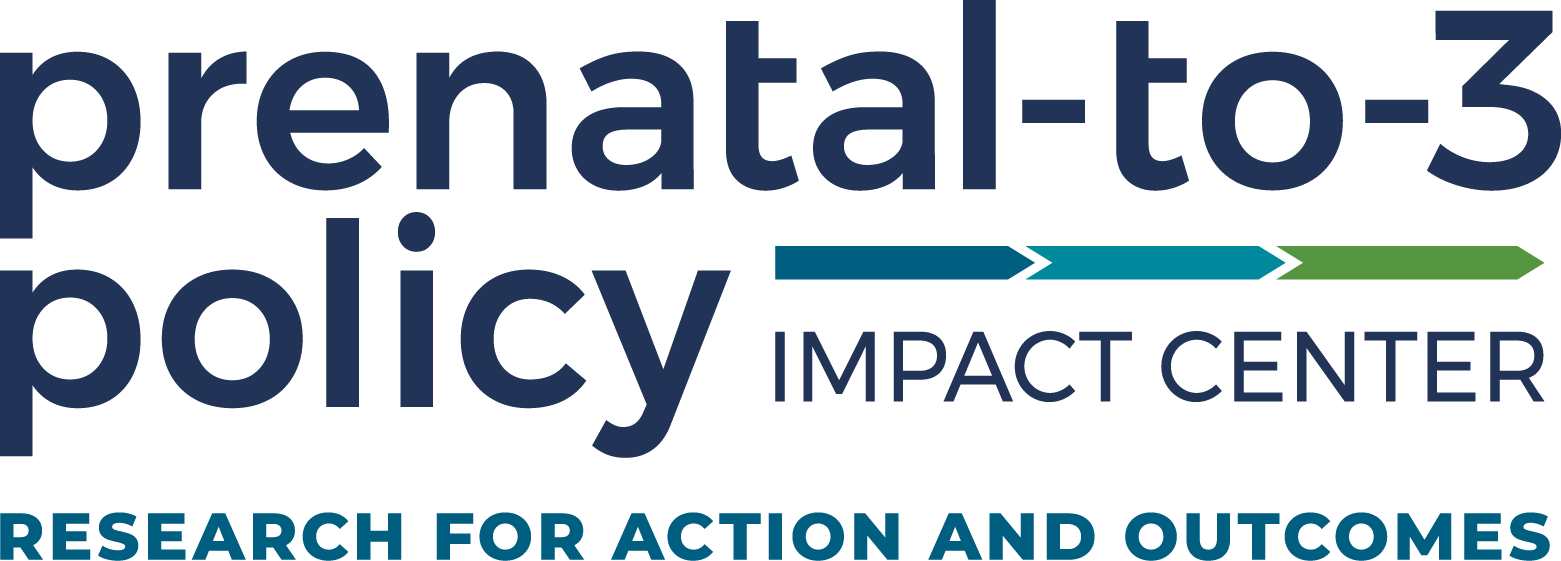Report for the United Way of Pennsylvania
REPORT | B.006.0122
January 2022
Download the full report (PDF)
Download the 1-page research summary (PDF)
Executive Summary
The federal earned income tax credit, or EITC, is one of the most successful anti-poverty programs in the US, lifting 6 million people (including 3 million children) over the poverty threshold each year, reducing the depth of poverty for many others, and boosting the resources of near-poor households who struggle to make ends meet. The majority of states offer a state-level EITC to working households to supplement the federal credit, typically providing a set percentage of a household’s federal benefit. Rigorous research shows that federal and state EITCs increase overall employment and earnings, particularly for single mothers, leading to better economic, social, and health outcomes for families. EITCs benefit state and local governments as well, because increased earnings yield greater tax revenue and reduced spending on public assistance.
Pennsylvania has had its own tax forgiveness program for decades, providing relief to millions of families each year, but the state remains without an EITC. Therefore, some families who struggle financially do not receive tax relief because their income level does not qualify for the current program. A coalition led by the United Way of Pennsylvania is advocating for a refundable state EITC of at least 10% and up to 25% of the federal credit, which can be phased in over time. The current state tax relief program would remain in place under this proposal and families would elect to claim the benefit that offers the greatest tax relief for their household.
This report offers an estimate for the new costs of the proposed refundable state EITC, beyond Pennsylvania’s current expenditures for its existing tax forgiveness program, as well as estimates for the benefits to the state and to families. We estimate that with a 10% state EITC, the average annual benefit per household would be $197, and Black and Hispanic families would receive a greater benefit than the state average. Approximately 10% of all households in Pennsylvania are likely to claim the state EITC and 14% would claim the current tax forgiveness benefit. Therefore, 1 in 4 Pennsylvania households would receive some form of tax relief. Our analysis demonstrates that the annual public benefits of the elective state EITC program would outweigh its costs, with an estimated ratio of approximately 7 to 1 with a 10% credit. The program would improve the quality of life for Pennsylvania’s workers and families, while offering significant returns to the state government through increased economic activity, greater tax revenue, and reduced spending on public assistance and human services programs.
Table of Contents
I. Background and Purpose of Report
II. Costs of Implementing a State EITC Program in Pennsylvania
III. Benefits of the Proposed State EITC Program
IV. Benefits for Marginalized Communities: Race and Ethnicity Groups
V. Local Impact: Pennsylvania Regional Benefits
VI. Conclusion
VII. Appendix
Recommended Citation
Osborne, C., Traish, N., Cunningham Rottas, J. (January 2022). Implementing a State Earned Income Tax Credit in Pennsylvania: A Benefit-Cost Analysis. Prenatal-to-3 Policy Impact Center, Peabody College of Education and Human Development, Vanderbilt University. https://pn3policy.org/resources/implementing-a-state-earned-income-tax-credit-eitc-in-pennsylvania.
© January 2022, Prenatal-to-3 Policy Impact Center, All Rights Reserved. The Prenatal-to-3 Policy Impact Center at Peabody College of Education and Human Development, Vanderbilt University translates research on the best public investments into state policy actions that produce results for young children and society.



